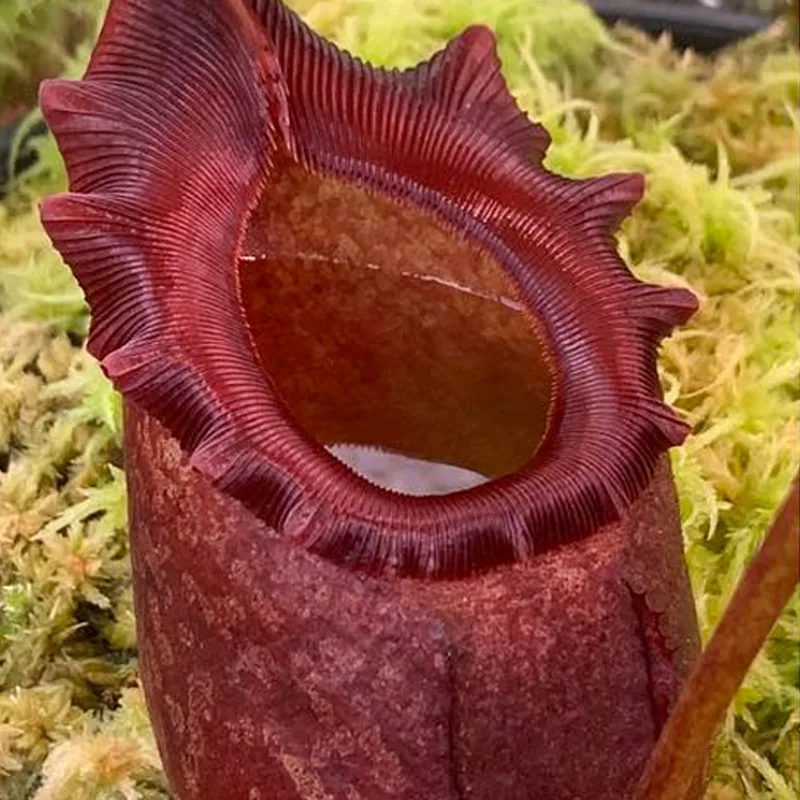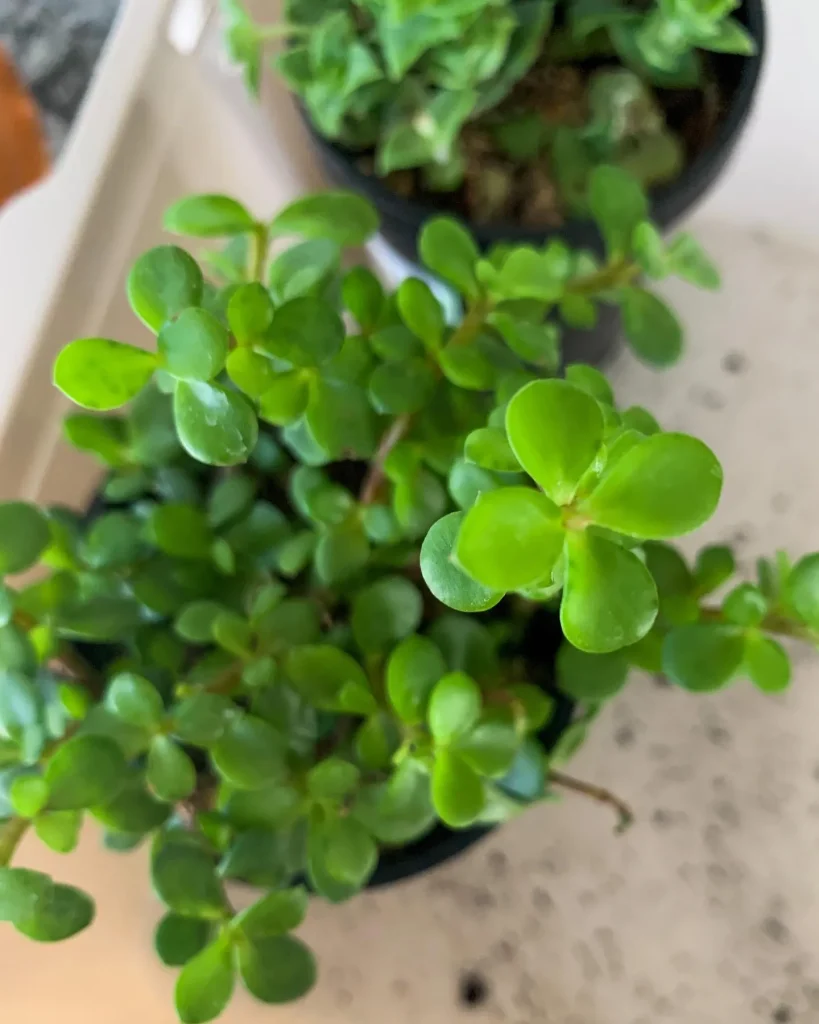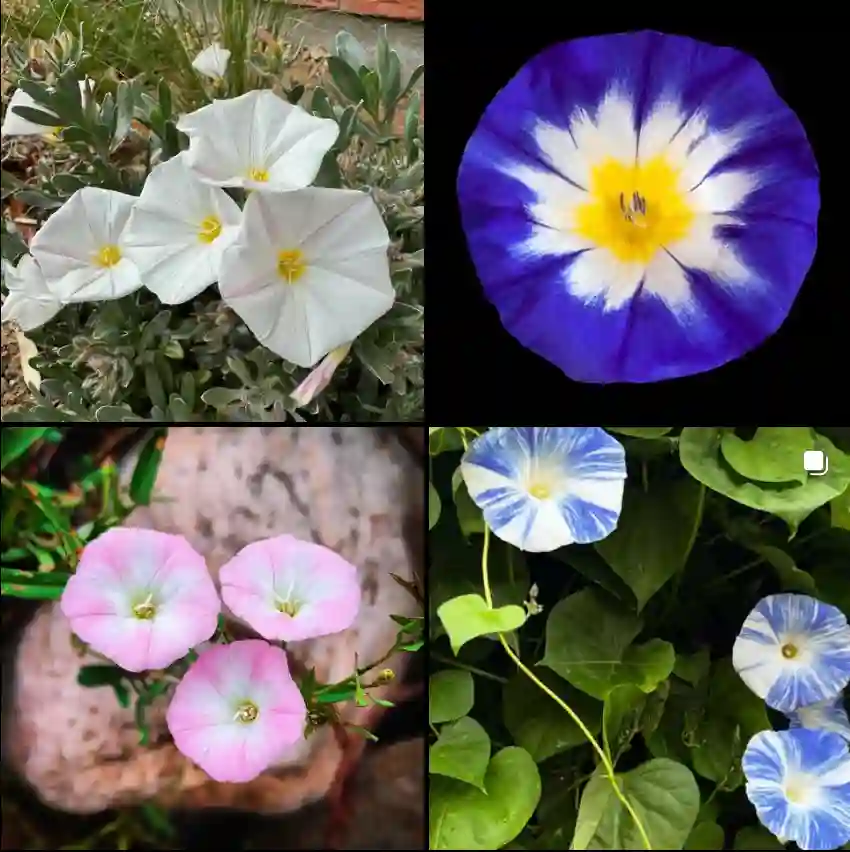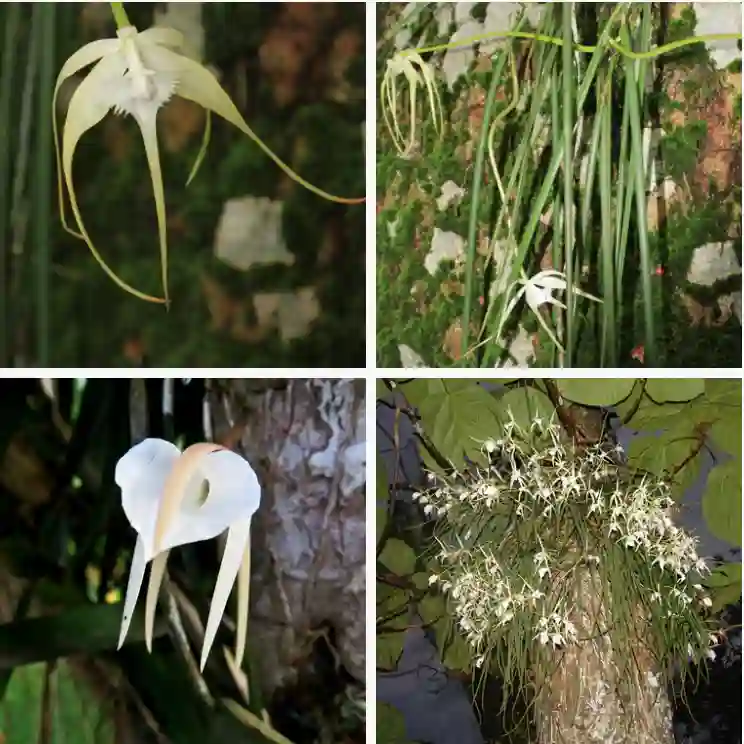The Aromatic World of Bursera: A Personal Exploration
The air hangs heavy with the scent of pine and citrus, a unique aroma that transports me back to my childhood explorations in the dry forests of Mexico. It’s the unmistakable fragrance of Bursera, a genus belong to the Burseraceae family that has captivated me with its beauty, resilience, and diverse array of species.
As a botanist, I’ve always been drawn to the intricate world of plants, but Bursera holds a special place in my heart. Perhaps it’s the way their smooth, peeling bark shimmers in the sunlight, or maybe it’s the resinous sap that oozes from their wounds, filling the air with its pungent perfume. Whatever the reason, I find myself continually drawn to these fascinating plants.
A Diverse Genus
Bursera is a large genus, boasting over 100 recognized species. These range from small shrubs to towering trees, each with its own unique characteristics and adaptations. Some, like the elephant tree (Bursera microphylla), have thick, succulent trunks that allow them to thrive in arid environments. Others, like Bursera simaruba, are known for their vibrant red bark, which peels away in papery sheets, revealing a smooth, green layer beneath.
Here’s a list of Bursera species:
- Bursera altijuga Rzed., Calderón & Medina
- Bursera amplifolia Rusby
- Bursera angustata C.Wright ex Griseb.
- Bursera aptera Ramírez
- Bursera arida (Rose) Standl.
- Bursera ariensis (Kunth) McVaugh & Rzed.
- Bursera aromatica Proctor
- Bursera aspleniifolia Brandegee
- Bursera attenuata (Rose) L.Riley
- Bursera bicolor (Willd. ex Schltdl.) Engl.
- Bursera biflora (Rose) Standl.
- Bursera bipinnata (Moc. & Sessé ex DC.) Engl.
- Bursera bolivarii Rzed.
- Bursera bonetii Rzed.
- Bursera brunea (Urb.) Urb. & Ekman
- Bursera cerasiifolia Brandegee
- Bursera chemapodicta Rzed. & E.Ortíz
- Bursera cinerea Engl.
- Bursera citronella McVaugh & Rzed.
- Bursera collina Brandegee
- Bursera confusa (Rose) Engl.
- Bursera copallifera (Moc. & Sessé ex DC.) Bullock
- Bursera coyucensis Bullock
- Bursera crenata Paul G.Wilson
- Bursera cuneata (Schltdl.) Engl.
- Bursera denticulata McVaugh & Rzed.
- Bursera discolor Rzed.
- Bursera diversifolia Rose
- Bursera dubia Bullock
- Bursera epinnata (Rose) Engl.
- Bursera esparzae Rzed., Calderón & Medina
- Bursera excelsa (Kunth) Engl.
- Bursera exequielii León de la Luz
- Bursera fagaroides (Kunth) Engl.
- Bursera filicifolia Brandegee
- Bursera fragilis S.Watson
- Bursera fragrantissima Bullock
- Bursera frenningiae Correll
- Bursera galeottiana Engl.
- Bursera gibarensis M.C.Martínez, Daly & J.Pérez
- Bursera glabra (Jacq.) Triana & Planch.
- Bursera glabrifolia (Kunth) Engl.
- Bursera glauca Griseb.
- Bursera gracilipes Urb. & Ekman
- Bursera grandifolia (Schltdl.) Engl.
- Bursera graveolens (Kunth) Triana & Planch.
- Bursera heliae Rzed. & Calderón
- Bursera heteresthes Bullock
- Bursera heterophylla Engl.
- Bursera hindsiana (Benth.) Engl.
- Bursera hintonii Bullock
- Bursera hollickii (Britton) Fawc. & Rendle
- Bursera inaguensis Britton
- Bursera infernidialis Guevara & Rzed.
- Bursera instabilis McVaugh & Rzed.
- Bursera inversa Daly
- Bursera isthmica Rzed. & Calderón
- Bursera itzae Lundell
- Bursera jerzyi Medina
- Bursera karsteniana Engl.
- Bursera karwinskii Engl.
- Bursera kerberi Engl.
- Bursera krusei Rzed.
- Bursera lancifolia (Schltdl.) Engl.
- Bursera laurihuertae Rzed. & Calderón
- Bursera laxiflora S.Watson
- Bursera linanoe (La Llave) Rzed., Calderón & Medina
- Bursera littoralis León de la Luz & Pérez Navarro
- Bursera longipes (Rose) Standl.
- Bursera lunanii (Spreng.) C.D.Adams & Dandy ex Proctor
- Bursera macvaughiana Cuevas & Rzed.
- Bursera madrigalii Rzed. & Calderón
- Bursera martae J.Jiménez Ram. & Cruz Durán
- Bursera medranoana Rzed. & E.Ortíz
- Bursera microphylla A.Gray
- Bursera mirandae C.A.Toledo
- Bursera morelensis Ramírez
- Bursera multifolia (Rose) Engl.
- Bursera multijuga Engl.
- Bursera occulta McVaugh & Rzed.
- Bursera oerstedii (Standl.) Standl.
- Bursera ovalifolia (Schltdl.) Engl.
- Bursera palaciosii Rzed. & Calderón
- Bursera palmeri S.Watson
- Bursera paradoxa Guevara & Rzed.
- Bursera penicillata (Sessé & Moc. ex DC.) Engl.
- Bursera pereirae Daly
- Bursera permollis Standl. & Steyerm.
- Bursera pontiveteris Rzed., Calderón & Medina
- Bursera ribana Rzed. & Calderón
- Bursera roseana Rzed., Calderón & Medina
- Bursera rupicola León de la Luz
- Bursera rzedowskii C.A.Toledo
- Bursera sarcopoda Paul G.Wilson
- Bursera sarukhanii Guevara & Rzed.
- Bursera schlechtendalii Engl.
- Bursera sellowii Turcz.
- Bursera shaferi (Britton & P.Wilson) Urb.
- Bursera silviae Rzed. & Calderón
- Bursera simaruba (L.) Sarg.
- Bursera simplex Rzed. & Calderón
- Bursera spinescens Urb. & Ekman
- Bursera standleyana L.O.Williams & Cuatrec.
- Bursera staphyleoides McVaugh & Rzed.
- Bursera stenophylla Sprague & L.Riley
- Bursera submoniliformis Engl.
- Bursera subtrifoliata (Rose) Standl.
- Bursera suntui C.A.Toledo
- Bursera tecomaca (DC.) Standl.
- Bursera toledoana Rzed. & Calderón
- Bursera tomentosa (Jacq.) Triana & Planch.
- Bursera trifoliolata Bullock
- Bursera trimera Bullock
- Bursera vazquezyanesii Rzed. & Calderón
- Bursera vejar-vazquezii Miranda
- Bursera velutina Bullock
- Bursera xochipalensis Rzed.
- Bursera xolocotzii Guevara
- Bursera yaterensis M.C.Martínez, Daly & J.Pérez
- Bursera zapoteca Rzed. & Medina
Resin: The Life Blood of Bursera
One of the most fascinating aspects of Bursera is its resin. Produced as a defense mechanism against injury and infection, this sticky substance has played a significant role in human history. Ancient civilizations used Bursera resin for incense, medicine, and even as a varnish. Today, it continues to be valued for its aromatic and medicinal properties.
The resin varies in color and consistency depending on the species. Some produce a clear, watery sap, while others yield a thick, amber-colored resin. This diversity has led to a variety of traditional uses. For example, the resin of Bursera graveolens, known as Palo Santo, is burned for its cleansing and spiritual properties. Meanwhile, the resin of Bursera simaruba is used in traditional medicine to treat a range of ailments, from skin infections to respiratory problems.
Adapting to a Changing World
Bursera species are true survivors, thriving in some of the harshest environments on Earth. From the arid deserts of Mexico to the rocky slopes of the Andes, these plants have adapted to withstand drought, heat, and poor soil conditions. Their resilience is a testament to their evolutionary success.
However, even these hardy plants are facing challenges in a changing world. Habitat loss due to deforestation and agriculture is a major threat to many Bursera species. Climate change is also altering the delicate balance of their ecosystems, making it more difficult for them to survive.
Conservation and the Future
The future of Bursera lies in our hands. It is crucial that we protect these valuable plants and their habitats. Conservation efforts, such as sustainable harvesting practices and reforestation projects, are essential for ensuring their survival.
As a botanist, I am committed to contributing to the preservation of Bursera. Through research and education, I hope to raise awareness about the importance of these plants and inspire others to join the effort to protect them.
The world of Bursera is a rich and fascinating one, full of wonder and beauty. By understanding and appreciating these remarkable plants, we can help ensure that they continue to thrive for generations to come.
If i die, water my plants!



